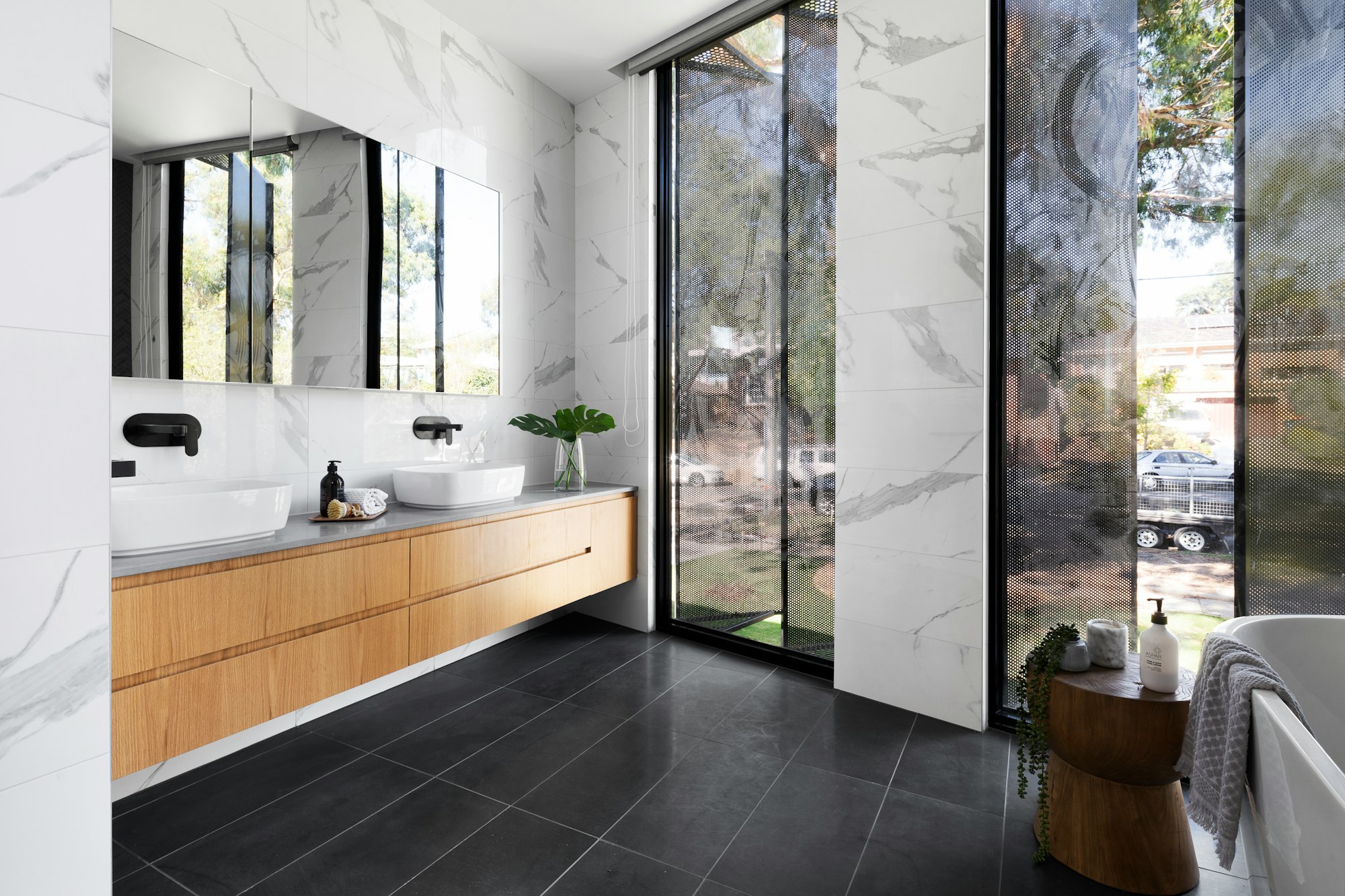Bathrooms are essential spaces in our homes, serving both practical and aesthetic purposes. However, over time, they can become outdated, worn, or no longer functional. This prompts the question: How often should bathrooms be renovated? In this comprehensive guide, we’ll delve into various factors influencing bathroom renovation frequency and provide practical insights for homeowners.
Understanding the Frequency of Bathroom Renovations
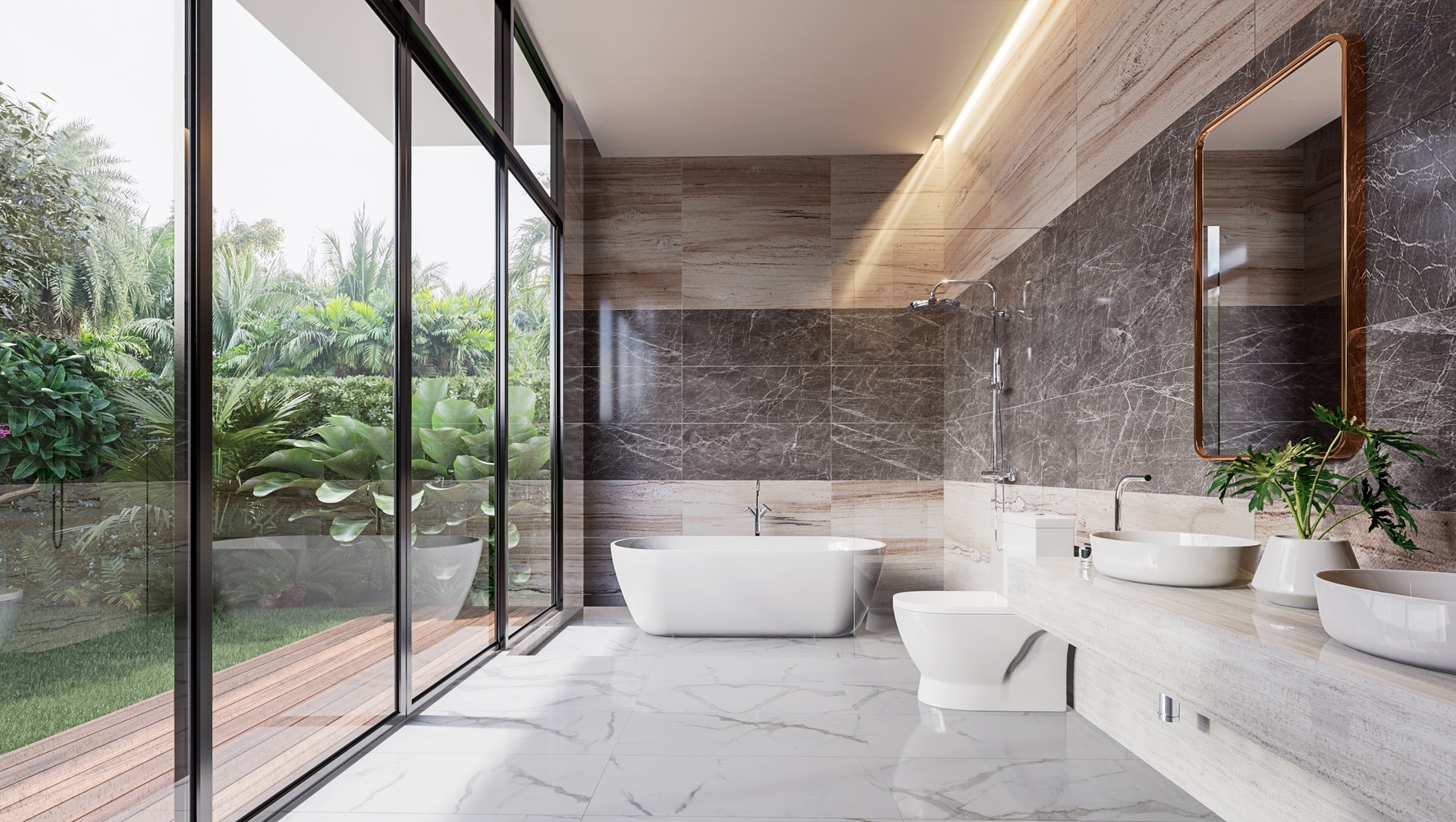
Bathroom renovation frequency varies based on several factors, including personal preference, budget, lifestyle changes, and the condition of existing fixtures. While there’s no one-size-fits-all answer, considering certain indicators can help determine when it’s time for a bathroom overhaul.
Factors Influencing Renovation Frequency

- Personal Preference: Some individuals may prefer to update their bathrooms regularly to maintain a fresh, modern look, while others may prioritize functionality over aesthetics.
- Lifestyle Changes: Changes in household composition, such as welcoming a new family member or accommodating aging relatives, may necessitate modifications to the bathroom layout or fixtures.
- Condition of Fixtures: Wear and tear, as well as technological advancements, can render existing fixtures obsolete or inefficient, prompting the need for replacement or upgrade.
- Aesthetic Trends: Evolving design trends and color palettes may inspire homeowners to refresh their bathrooms to align with contemporary styles and preferences.
- Functional Issues: Plumbing problems, mold, mildew, or structural damage may indicate the need for extensive renovation to ensure the safety, hygiene, and functionality of the space.
Expert Perspectives on Bathroom Renovation Frequency
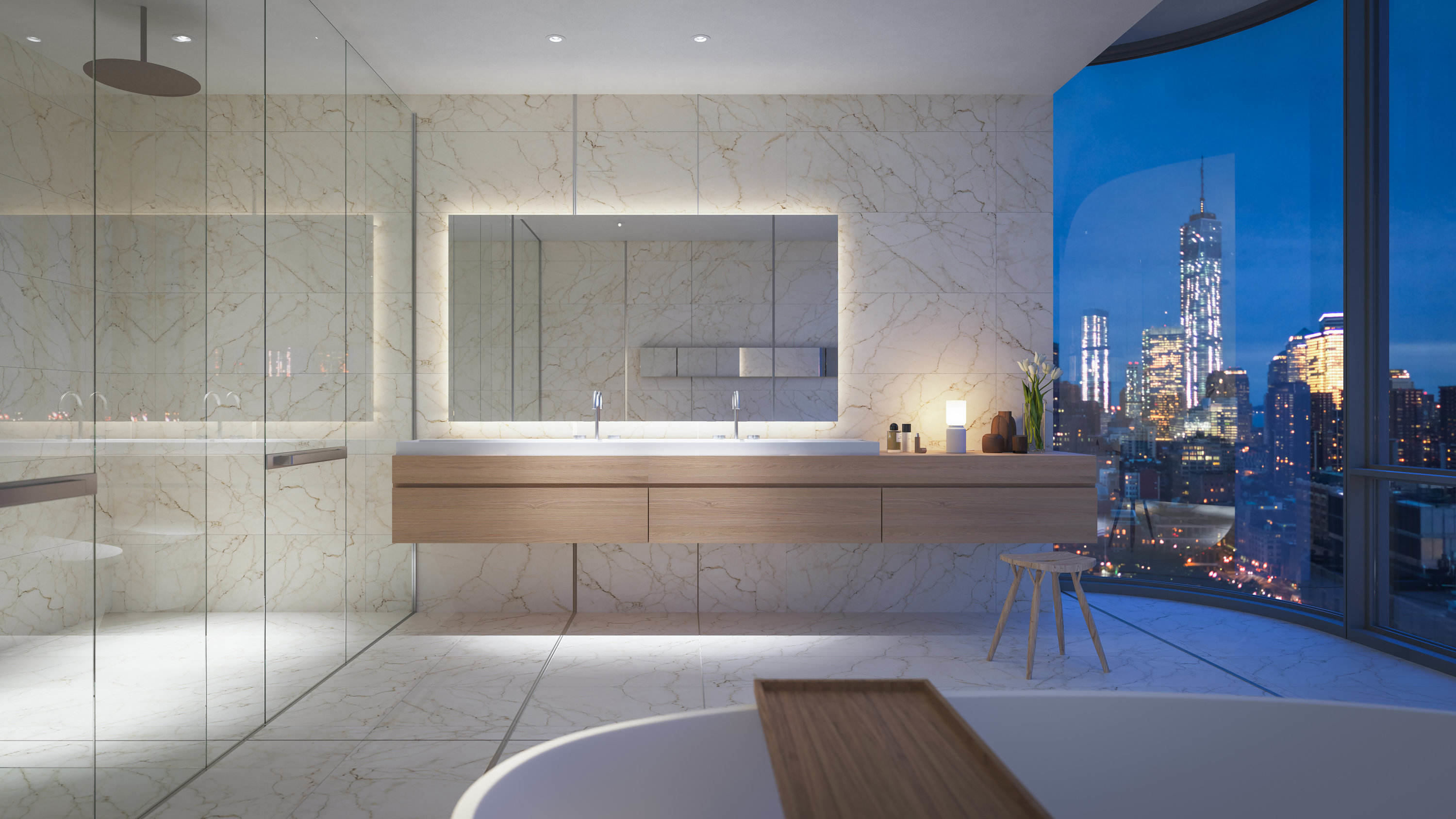
Interior Designers’ Viewpoint
Interior designers typically advocate for bathroom renovations every five to ten years, guided by their expertise in aesthetics and functionality. They emphasize the importance of keeping bathrooms updated to align with evolving design trends and homeowner preferences. Designers consider factors such as color palettes, materials, and layout to create visually appealing and harmonious spaces. By recommending regular renovations, designers help homeowners maintain a modern and cohesive aesthetic throughout their homes, enhancing both the livability and resale value of the property. Additionally, designers may advise on incorporating innovative features and sustainable materials to ensure long-term durability and environmental responsibility in bathroom design.
Realtors’ Insights
Realtors offer valuable insights into the frequency of bathroom renovations, typically advising homeowners to consider updating their bathrooms approximately every ten years. This recommendation is often based on market trends and the average length of time homeowners stay in a property before selling or upgrading. Realtors understand that a well-maintained and modern bathroom can significantly enhance a home’s resale value and appeal to potential buyers. By encouraging periodic renovations, realtors aim to help homeowners maximize their property’s marketability and return on investment. They may also provide guidance on cost-effective updates and renovations that yield the highest returns, ensuring that homeowners make informed decisions when improving their bathrooms. Ultimately, realtors play a crucial role in advising homeowners on when and how to renovate their bathrooms to achieve optimal results in the real estate market.
Signs That Your Bathroom Needs Renovation
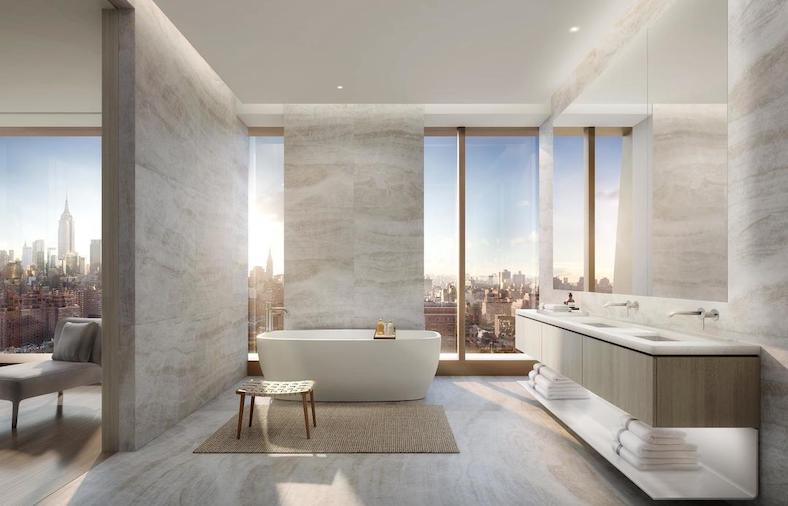
Outdated aesthetic features in a bathroom refer to design elements that no longer align with contemporary styles or personal preferences. These features can detract from the overall visual appeal of the space and create a dated or uninviting atmosphere. Here are some common examples of outdated aesthetic features in bathrooms:
- Wallpaper or Paint: Wallpaper patterns and paint colors that were popular in past decades may now appear dated or tacky. Faded or peeling wallpaper, or paint that has become discolored over time, can significantly impact the overall look of your bathroom.
- Fixtures and Hardware: Brass or chrome fixtures that were once trendy may now look outdated and worn. Similarly, cabinet knobs, drawer pulls, and towel racks that no longer complement the overall design of the bathroom can contribute to its outdated appearance.
- Flooring Materials: Linoleum flooring with outdated patterns or worn-out tiles can make your bathroom look old-fashioned. Additionally, carpeting in the bathroom, which was once common but is now considered unhygienic and impractical, can negatively impact the aesthetic appeal of the space.
- Lighting Fixtures: Overly ornate or outdated lighting fixtures can make your bathroom look old-fashioned and dim. Updating to modern, energy-efficient lighting fixtures can enhance both the functionality and aesthetic appeal of your bathroom.
- Vanities and Countertops: Vanities with outdated designs or laminate countertops with visible signs of wear and tear can make your bathroom feel outdated. Upgrading to contemporary vanities with sleek designs and durable countertops can instantly modernize the look of your bathroom.
- Wall Coverings: Wallpaper patterns or paint colors that were popular in past decades may now appear old-fashioned or out of sync with current design trends. Faded, peeling, or overly busy wallpaper can make the bathroom feel cramped or visually overwhelming.
- Fixture Finishes: Brass or chrome fixtures that were once trendy may now appear dated or worn out. Tarnished or discolored faucet handles, towel bars, and light fixtures can detract from the overall aesthetic of the bathroom.
- Tile Choices: Tile choices that were popular in the past, such as brightly colored ceramic tiles or outdated patterns, can make the bathroom feel stuck in a bygone era. Additionally, cracked or damaged tiles can detract from the overall appearance of the space.
- Cabinetry and Countertops: Outdated cabinetry styles, such as ornate or overly bulky designs, can make the bathroom feel cluttered or visually overwhelming. Similarly, laminate countertops with visible seams or dated patterns can detract from the overall aesthetic.
- Lighting Fixtures: Inadequate or outdated lighting fixtures can make the bathroom feel dark, dingy, or poorly lit. Overhead lighting that casts harsh shadows or outdated vanity lights can detract from the overall ambiance of the space.
Outdated Aesthetic Features

- Outdated Aesthetic Features: Faded wallpaper, peeling paint, or worn-out fixtures can detract from the overall appearance of your bathroom. If your bathroom’s design feels outdated or no longer aligns with your style preferences, it may be time for a refresh.
- Functional Issues: Plumbing problems, such as leaks or poor water pressure, can indicate underlying issues that require attention. Additionally, inefficient layouts or insufficient storage space can hinder functionality and convenience, prompting the need for renovation to optimize the use of space.
- Visible Wear and Tear: Cracked tiles, worn-out flooring, or chipped fixtures are signs of wear and tear that detract from the visual appeal and functionality of your bathroom. Addressing these issues through renovation can improve the overall look and usability of the space.
- Mold and Mildew Growth: Persistent mold or mildew growth in the bathroom can indicate poor ventilation, water leaks, or underlying moisture issues. Renovating the bathroom to improve ventilation and address moisture problems is essential for maintaining a healthy indoor environment.
- Safety Concerns: Loose tiles, slippery surfaces, or outdated electrical systems pose safety hazards that require immediate attention. Renovating your bathroom to address these safety concerns is crucial for preventing accidents and ensuring the well-being of occupants.
Functional Issues
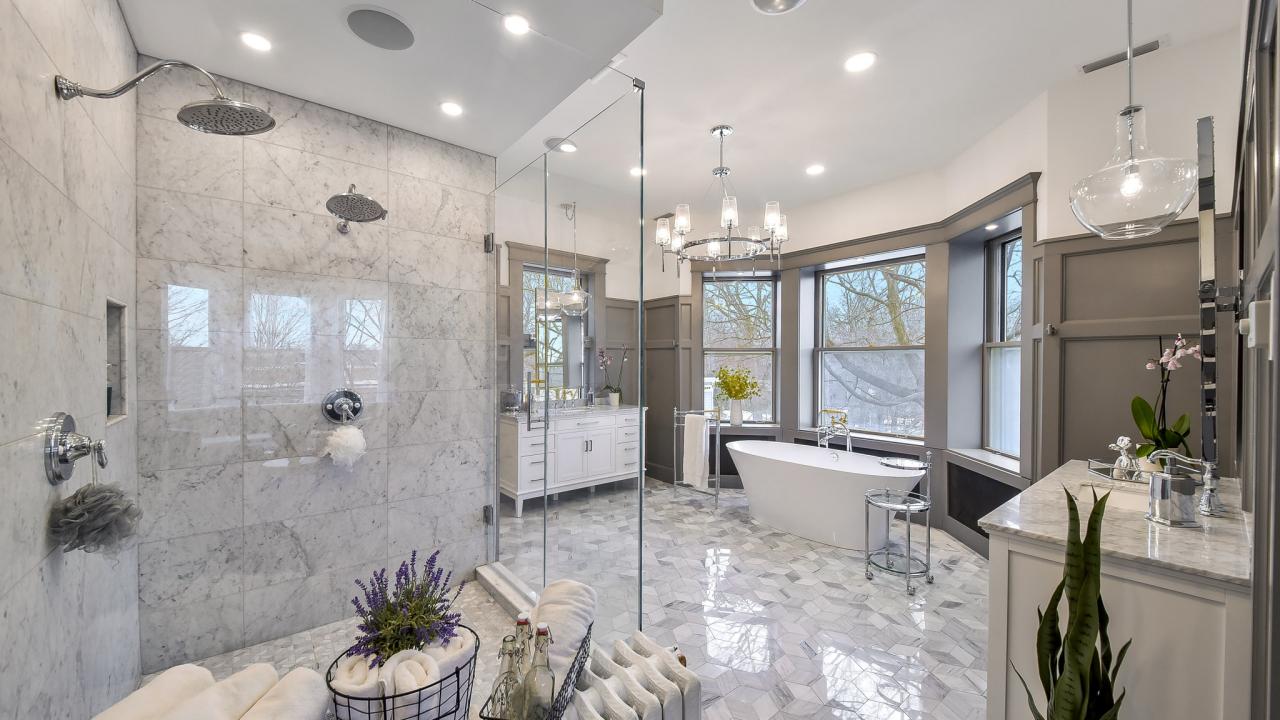
- Poor Water Pressure: Inadequate water pressure from the showerhead or faucets can indicate underlying plumbing issues that require attention.
- Leaking Fixtures: Persistent leaks from sinks, toilets, or showers not only waste water but also contribute to mold growth and water damage.
- Inefficient Layout: A cramped or poorly configured bathroom layout may hinder functionality and convenience, necessitating a redesign to optimize space utilization.
Options for Bathroom Renovation
When it comes to renovating your bathroom, several approaches can be tailored to suit your preferences, budget, and timeframe. Here are some popular options:
Cosmetic Refresh
A cosmetic refresh involves updating surface elements such as paint, tiles, fixtures, and accessories to give your bathroom a fresh look without extensive remodeling. This budget-friendly option is ideal for homeowners looking to make noticeable improvements with minimal disruption.
Partial Renovation
A partial renovation focuses on upgrading specific components of the bathroom, such as replacing outdated fixtures, installing new countertops, or upgrading the shower enclosure. This approach strikes a balance between cost-effectiveness and transformative impact.
Full-scale Remodel
For homeowners seeking a complete transformation of their bathroom space, a full-scale remodel offers the opportunity to reconfigure layouts, replace all fixtures, install new flooring, and upgrade plumbing and electrical systems. While more expensive and time-consuming, this option delivers unparalleled customization and functionality.
Maximizing the Efficiency of Bathroom Renovation
![]()
To ensure a successful and stress-free bathroom renovation experience, consider the following tips:
Set Clear Goals and Budget
Define your renovation goals, prioritize essential upgrades, and establish a realistic budget that aligns with your financial resources. Factor in contingency funds for unexpected expenses or design changes.
Work with Experienced Professionals
Collaborate with reputable contractors, designers, and tradespeople who specialize in bathroom renovations. Seek recommendations, verify credentials, and obtain multiple quotes to compare services and pricing.
Choose Quality Materials and Fixtures
Invest in high-quality materials, fixtures, and finishes that offer durability, functionality, and aesthetic appeal. Opt for water-efficient appliances and eco-friendly products to minimize environmental impact and reduce utility costs.
Plan for Accessibility and Safety
Consider incorporating universal design principles to ensure accessibility and safety for users of all ages and abilities. Install grab bars, non-slip flooring, and accessible fixtures to enhance comfort and usability.
Maintain Regular Maintenance
Once your bathroom renovation is complete, establish a routine maintenance schedule to preserve its condition and longevity. Clean surfaces regularly, address plumbing issues promptly, and monitor for signs of wear or damage.
Conclusion
The frequency of bathroom renovations depends on various factors, including personal preference, lifestyle changes, and the condition of existing fixtures. Whether you opt for a cosmetic refresh, partial renovation, or full-scale remodel, prioritizing functionality, aesthetics, and quality craftsmanship is essential. By taking a proactive approach to bathroom maintenance and renovation, homeowners can create a stylish, functional, and comfortable space that enhances their quality of life and adds value to their property.

